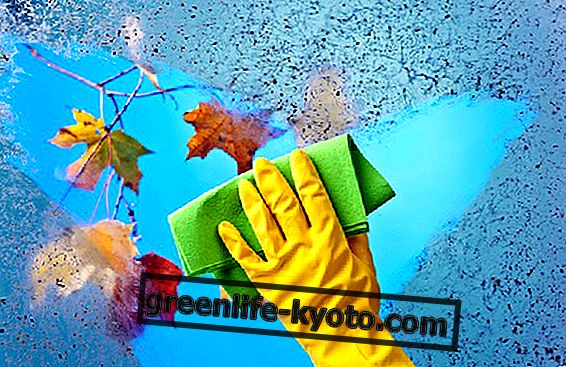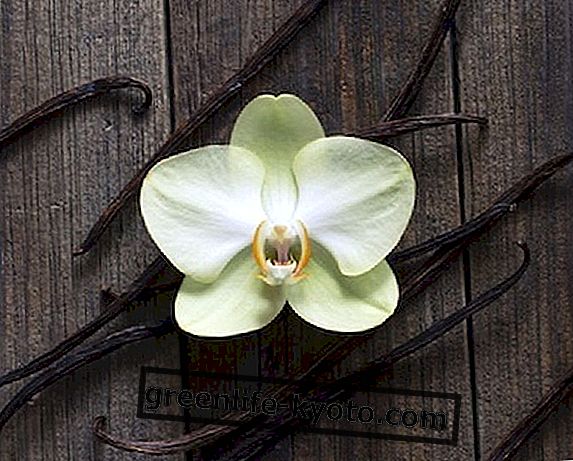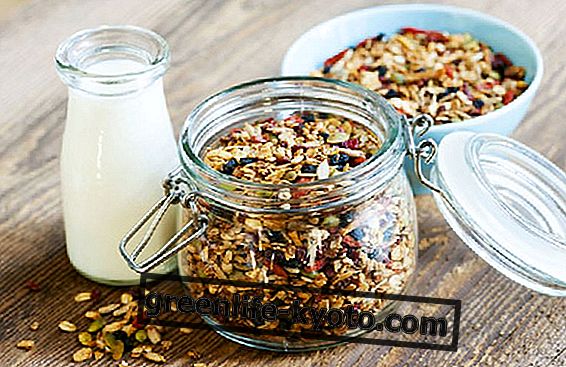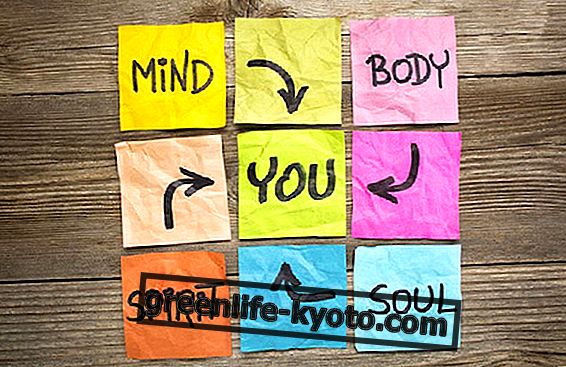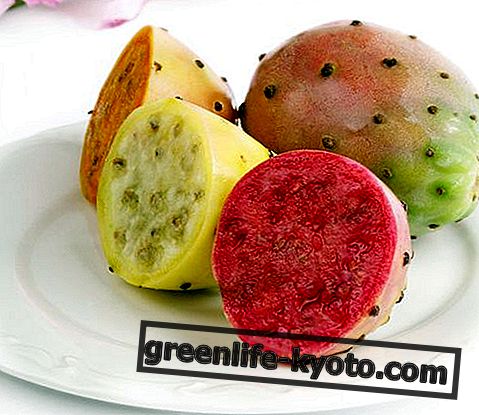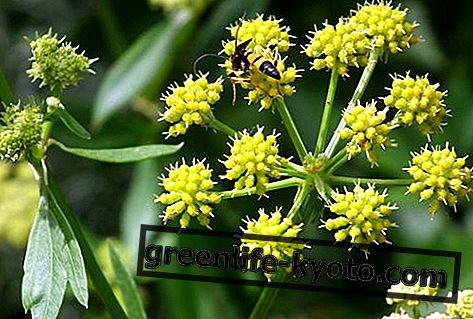
When we talk about lota, we are talking about nasal hygiene in its precise form , nasal irrigation, also called nasal lavage or nasal shower.
It is a practice that has very ancient origins, suitable for washing the nasal cavities freeing them from mucus, crusts and external material such as dust or other.
Despite being an ancient practice, today nasal irrigation is practiced with rather modern instruments, made of plastic materials suitable for the purpose or with small nebulizer engines .
But the most ancient and effective form of nasal irrigation still today is the lota, or lota neti, or still jala neti, a practice linked to the ablutions of the origin hatha yoga, exported to China and then to Japan by the wandering monks and still practiced at our days.
The apparatus is of extremely simple invoice : it is a ceramic goblet, similar to a small teapot, through which we can pour the liquid into a nostril to let it out from the other.
Lota and hatha yoga
This ancient practice, little known in our days in the West where more technological devices are easily preferred that can be easily found in pharmacies, belongs to the Ayurvedic culture and for millennia has been used by hatha yogis in their daily practice .
The cleansing from the internal mucus was and still is of fundamental importance for the hatha yogis to allow the prana to flow and find a physical environment ready to receive it.
The nasal irrigation is, along with the cleaning of the stomach and that of the viscera by means of special enemas, a daily practice that even the great Swami Vivekananda recommends for getting rid of the cold and sinusitis once and for all in life .
Lota with water and salt
The method is extremely simple and uses the most universal of physical laws, gravity. The head must in fact be placed bent on one side, so that the nostrils are superimposed one above the other.
In this way the liquid can easily enter from the upper nostril and exit from the lower one bringing with it all the material that clogs the nasal cavities. Generally salt water is used .
Saline or boiled water may be used. There are various types of salt that can be useful for the purpose but even simple sea salt is able to dissolve the most stubborn mucus. The water must not be extremely salty as this would lead to irritate the mucous membranes as a result.
Measures for the practice of the lota
The nasal irrigation lota is not a real therapy , in other words it does not work with maximum effectiveness when there is a full-blown nasal problem and the nasal passages are clogged with mucus.
Rather, it is a daily practice of a preventive nature . In any case, there are no contraindications, as long as it is not used in the case of a completely blocked nose, in lesions of the nasal mucosa, or in the case of strong inflammation of the same.
Daily use helps prevent recurrent rhinitis and sinusitis, provided the water is of good quality. It is important to check the temperature before inserting the water in the nostrils in case it has been boiled to be disinfected.
The best salt for this type of practice, suggested by the AAAAI (American Academy of Asthma, Allergy and Immunology), and used by those who practice pranayama daily, is a mixture of 3 parts of non iodized salt and a part of sodium bicarbonate .

